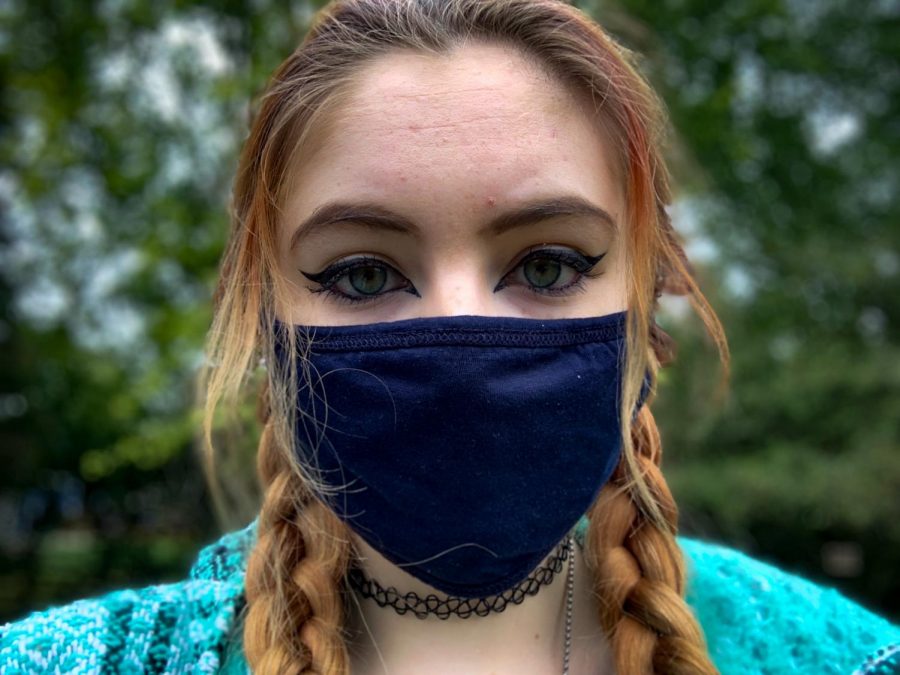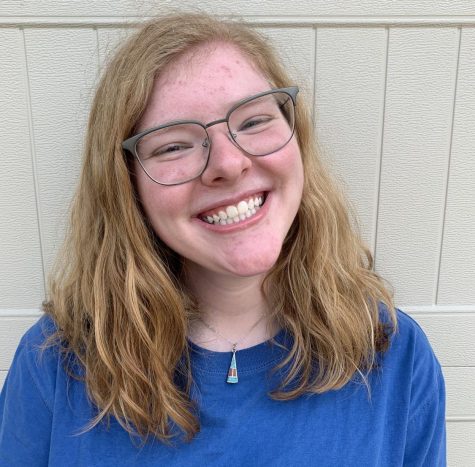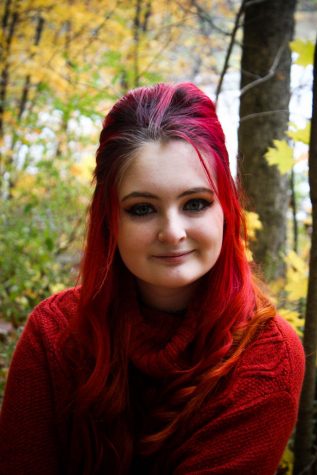The Coronavirus Protocol at St. Charles North
“People should be wearing their masks and social distancing whenever possible,” said Amy Boynton, North nurse. Because “the sooner that we take care of this in a global manner, the better off we’ll be and the quicker we’ll get back to normal.”
September 11, 2020
Ever since the coronavirus changed the way typical life operates about six months ago, District 303 has worked to come up with a protocol to account for students and staff who get infected.
District 303 has been using the guidance from the Illinois Department of Public Health (IDPH). The IDPH developed several charts and resources–two examples are linked here and another is linked later on–that inform school nurses on the procedure to follow when someone is sick or was in close contact with someone who is sick.
Close contact, according to school nurse Amy Boynton, “would be somebody that is within six feet [of another] without a mask for longer than 15 minutes.”
These charts describe the regulations for different situations. “The graph is really built around somebody who has symptoms and who gets tested and then it’s also built around people, anybody that is in close contact,” said Boynton.
That isn’t to say the chart has always been well-equipped to handle these scenarios. Boynton said, “This has been an ongoing development of this chart.”
For example, “at one point in time, if a person had two negative COVID tests, they were cleared of isolation. That’s no longer the case,” she said.
Some have found an issue with the fact that North hasn’t communicated the number of cases, but there is a reason they can’t. “The FERPA [Family Educational Rights and Privacy Act] laws which impact students are laws that state that you are not able to divulge information that is personally identifiable so that it could be linked back to a particular individual if you had enough information,” said Juanita Gryfinski, lead nurse.
According to Gryfinski, some parents are “having a hard time understanding that that [information] is protected, private information, and so that’s frustrating for them, and I understand that. So that would be the [main] criticism, but it can’t change because of the way that the law is framed for privacy.”
Along those same lines, principal Audra Christenson said, “it’s the responsibility of the health department, for us that’s the Kane County Health Department, to do all the contact tracing and to be in contact with anyone who is confirmed as a case of COVID-19, and so we work in conjunction with them. And so we support them and provide that information as requested, but that is their responsibility.”
In these uncertain times, Christenson said she “really think[s] that it’s important for us all to remember, and I do mean all to remember, that we’re in this together and that we’re supporting each other, and that can mean lots of different things, depending on our individual circumstances and our individual needs.”
She continued, “I think it’s really important for us to avoid the possibility of competition or judgment with one another because we don’t know the stories of each other. We don’t know what’s going on behind the scenes or any individual, and it really is unfair and not like our North Star community.”
Gryfinski wants students, staff, and the community to “trust the process.” Because although it is a new virus, “it’s not a new process…the process is well-founded in public health, the idea of tracing and contact tracing, and of quarantine and isolation. So, these frameworks that we’re using right now are established ones and they work well to mitigate infectious diseases.”




